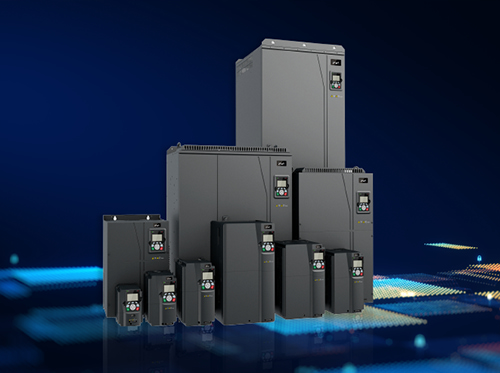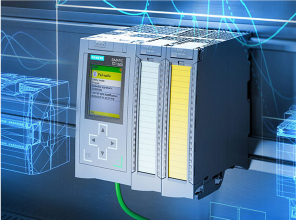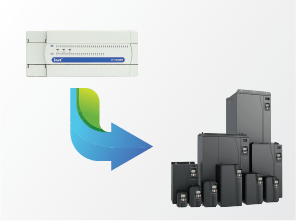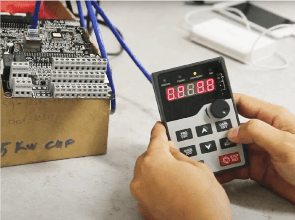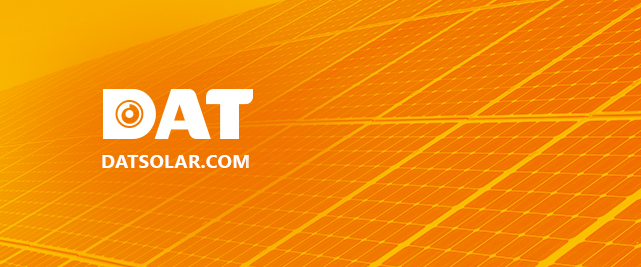Working Principle and Energy-Saving Capability of VFDs
The fundamental operating principle of a VFD is relatively straightforward. Firstly, it rectifies and filters incoming single-phase or three-phase alternating current into direct current using diode rectifiers and capacitors. This process is carried out by rectifier circuit, and it ensures that the power factor (cosphi) of VFD system remains constant and typically at or above 0.96, regardless of the load. The direct current is then inverted (inverted) into three-phase symmetrical alternating current. This conversion is achieved using Insulated Gate Bipolar Transistor (IGBT) technology and Pulse Width Modulation (PWM) methods.

- With advancements in microprocessor and semiconductor technologies, VFDs can switch frequencies to ultrasonic ranges, reducing motor noise and minimizing losses in the iron core of motor.
- The three-phase output voltage of VFD system can be adjusted for amplitude and frequency continuously, depending on control settings.
- The relationship between frequency and voltage follows specific control mode-dependent laws. For constant-torque loads, voltage-frequency ratio remains constant. However, for pump and fan loads, this relationship follows a fourth-order polynomial function, where voltage is a fourth-order function of frequency. This characteristic yields a torque function that is a square function of speed, aligning with the requirements of pump and fan loads, as torque itself is a square function of voltage.
- Additionally, modern VFDs integrate various control options to suit a wide range of load types. They often incorporate PID (Proportional-Integral-Derivative) controllers and are compatible with various communication protocols, making them suitable for control and monitoring in SCADA (Supervisory Control and Data Acquisition) systems.
Energy Savings:
- The power conversion efficiency of VFDs is exceptionally high due to the use of modern semiconductor power devices. Consequently, energy consumption is approximately equal to system’s energy demand.
- Through calculations with real-world data and cost figures, it has been determined that for a primary motor of approximately 90 kW, payback period for a VFD typically ranges from 3 to 6 months. Several companies in Vietnam have adopted VFDs with significant and tangible results.
- As an energy-saving solution alongside system control improvements, VFDs are now considered a standard application for drive systems in pumps and fans.
- Thanks to their advanced technical features and state-of-the-art energy optimization control, VFDs are satisfying investors both domestically and internationally.
Types of Loads That Should Use VFDs for Energy Savings:
1. Variable-load loads (central air conditioning, water supply pumps, cooling fans, etc.).
2. Motors that run continuously unloaded and cannot be replaced. In such cases, installing a VFD is essential to achieve energy savings.


